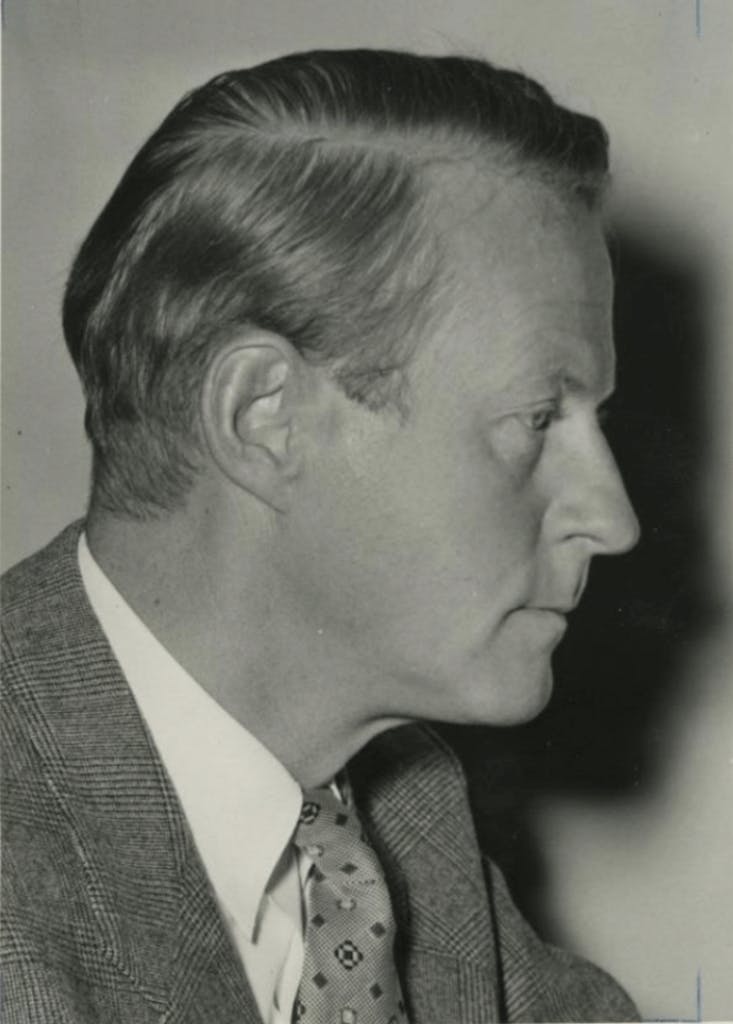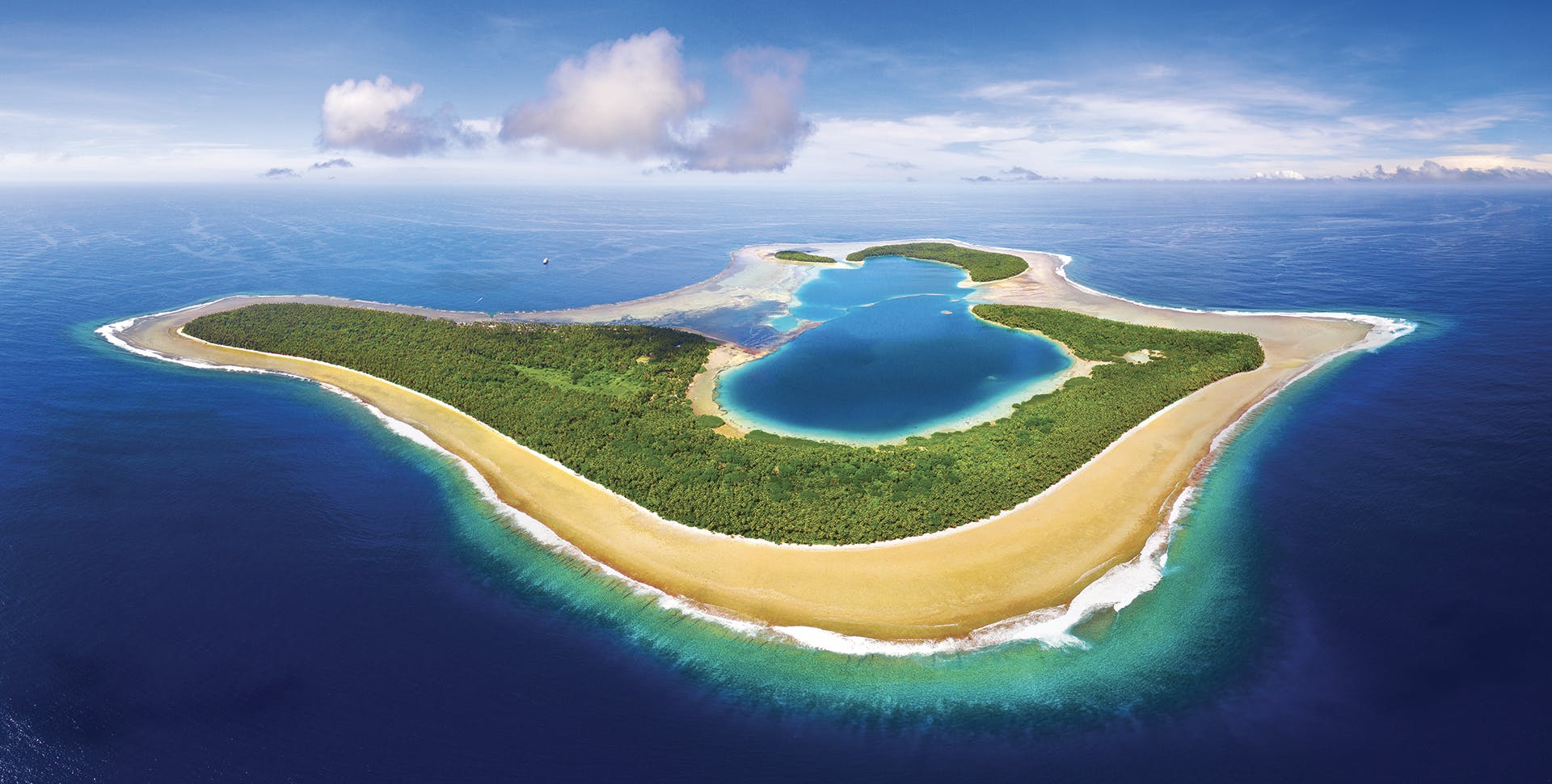Conrad Recommends: Kon-Tiki
In Kon-Tiki: Across the Pacific in a Raft, the first episode in our Great Reads series, Conrad Combrink, Silversea’s Senior Vice President of Expeditions, Turnaround Operations and Destination Management, chooses explorer and author Thor Heyerdahl’s epic true-to-life tale. “It’s one of the first books of exploration that I read while working on expedition ships,” Combrink tells us. “It is an absolute classic.”
The Gist: Why You’ll Want to Read More About Kon-Tiki and Thor Heyerdahl.
An ethnographer by trade, Thor Heyerdahl, a Norwegian, had spent a year in Polynesia, researching how animals traveled to ocean islands via the power of wind and current. That’s where he became fascinated, not just with how animals moved by sea, but also by how man traveled, too. In fact, the prevailing theory of Heyerdahl’s time was that the people who occupied the islands of French Polynesia had sailed and paddled from Southeast Asia and that it would have been impossible for them to travel from the Americas in the opposite direction.

And yet, on the islands of French Polynesia, Heyerdahl noticed that ruins and antiquities shared similarities with those in Peru and Easter Island. Drawing on these similarities, he wanted to test how winds and currents may have propelled those settlers from South America.
“You are in awe of the bravery, the audacity, stupidity, and natural power on display. Ah, to imagine and to dream. And to go forth.”
–Tom Long, Detroit News
To do so, Heyerdahl had to replicate the prehistoric journey. So he built a Balsa raft, which naysayers said could never survive the arduous 4,300-mile, 101-day journey. He called it Kon-Tiki and set out in 1947 with travel companions that included his Spanish-speaking green parrot and five other men. “What amazed me was his determination and optimism,” Combrink says. “Thor was confident his expedition would succeed because his predecessors had succeeded.”

The expedition successfully reached Polynesia: Heyerdahl’s Kon-Tiki raft, made of balsa wood logs, managed to protect all six members of his expedition crew on their epic, 101-day Pacific journey. The epic voyage had proved that it would have been possible for pre-Columbian civilizations to sail from the Americas to French Polynesia. As Heyerdahl wrote, proved his theory: “The Kon-Tiki expedition opened my eyes to what the ocean really is. It is a conveyor and not an isolator. The ocean has been man’s highway from the days he built the first buoyant ships, long before he tamed the horse, invented wheels, and cut roads through virgin jungles.”
Fascinating Facts about Thor Heyerdahl’s Kon-Tiki Adventure
- When he set out to build his log raft, Heyerdahl had absolutely no sailing experience and couldn’t even swim.
- The 30-by-15 foot Kon-Tiki, which today you can find on display in the Kon-Tiki Museum in Oslo, was constructed of balsawood logs tied together with hemp. The open-air cabin had a roof covered with banana leaves that provided the only protection from rain and sun.
- Night and day the raft was accompanied by schools of pilot fish, while at night Heyerdahl recorded the beauty of the phosphorescent plankton and shrimp, and the inquisitiveness of large-eyed deep sea squid.
- Everyone on the Kon-Tiki expedition survived the journey except for the green parrot, which was lost in a storm.
- Heyerdahl wrote Kon-Tiki, Across the Pacific by Raft, in 1950, and it was a best-seller. The next year he produced and directed a documentary that won the Academy Award for Best Documentary Feature. A more recent adventure-oriented feature film, Kon-Tiki, was released in 2012 and was an Academy Award nominee for Best Foreign Language film.
This article has been produced in collaboration with Silversea’s Corporate Business Partner, the Royal Geographical Society (with IBG) which enriches guests’ expeditions with over 500 years of travel and discovery. Find out more here.
